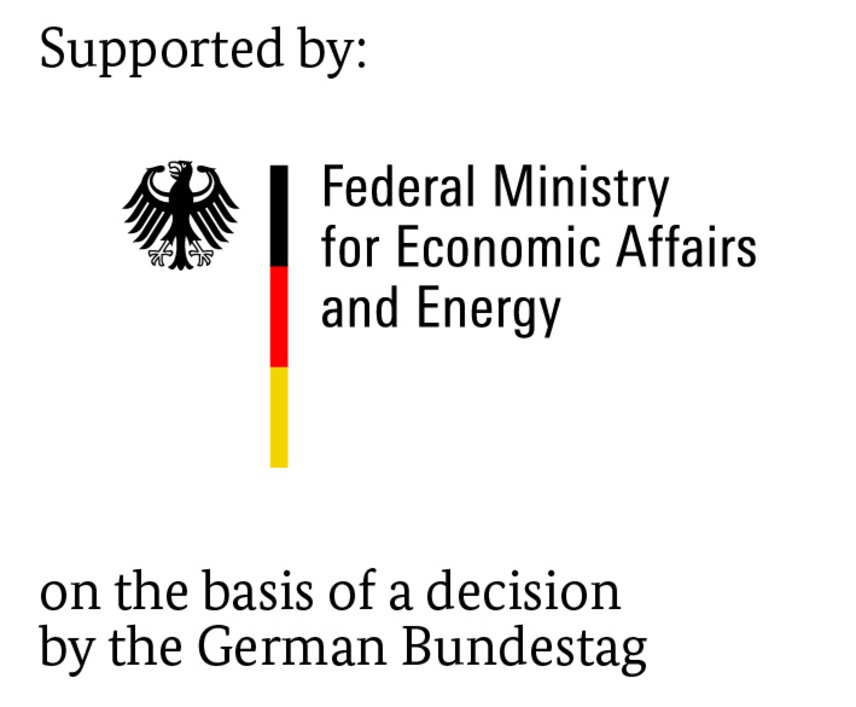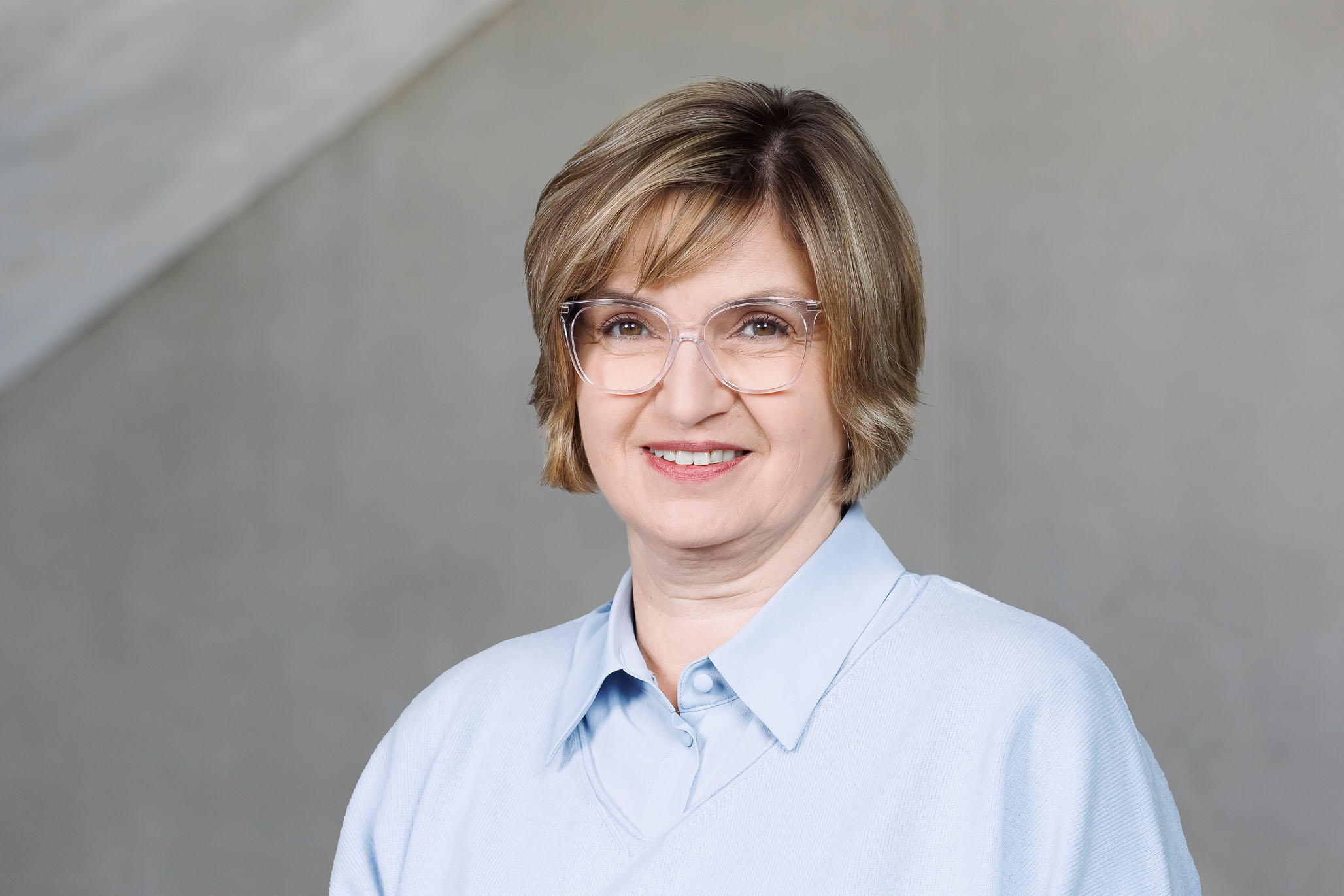When producing cement, most of the thermal energy is required for burning the cement clinker in rotary kiln plants. At present, fossil fuels and alternative fuels (or secondary fuels) are used in parallel for this purpose. As energy costs represent a large part of the overall costs of cement production, the cement industry has always been keen to reduce and optimise fuel requirements. These efforts focus on the use of alternative fuels as a replacement for fossil fuels.
The operating characteristics and thus also the alternative fuel substitution rate are determined not only by the properties and quantities of the fuels, but also by the design of the plant and burner, the method of supplying cold primary air and hot secondary air in the burner/kiln hood area and the fuel supply method. A negative effect on the clinker properties and the availability of the kiln plants should be avoided.
The experience gained so far with the optimisation of the use of alternative fuels comes from certain specific works and can accordingly only be applied to other works to a limited extent. The aim of the project was to define the sensitivities of and relationships between the various influencing factors in a form applicable to plants in general. This was achieved on the basis of plant experiences, as well as on existing and new plant measurements and CFD simulation. This included numerical simulation of the combustion of alternative fuels in rotary kiln plants with various plant geometries and operating parameters and evaluation of the results by plant trials. The most suitable model combinations had been determined for such simulations in the context of the rules of "Best Practice".

